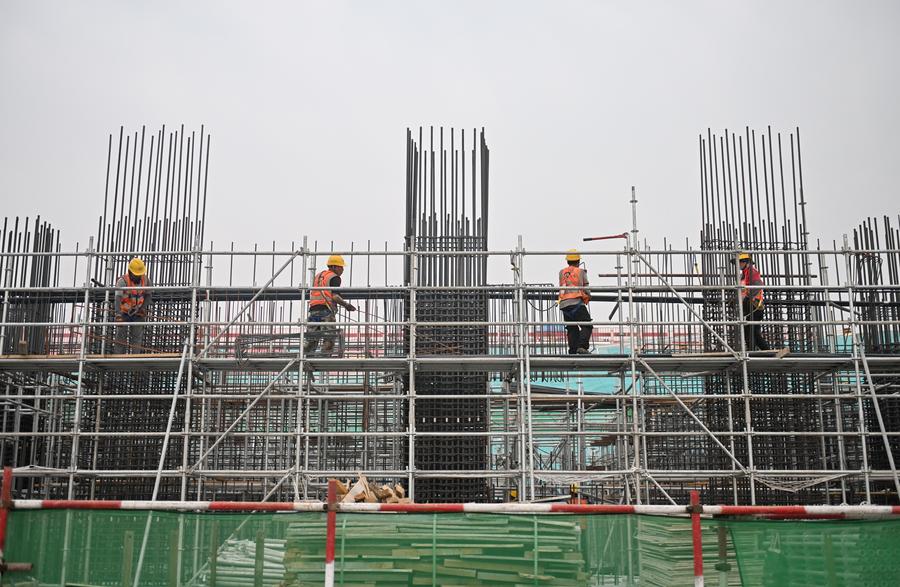SCMP quoted People's Bank of China (PBOC) Governor Pan Gongsheng as saying that the reserve requirement ratio (RRR) of commercial banks and mortgage interest rates for existing homes will be cut by 0.5%.
The PBOC will support land acquisition by real estate companies by studying measures to allow policy and commercial banks to provide loans to qualified companies to acquire land, restoring land supply and easing financial pressure on real estate enterprises.
“The current mortgage rate cut is expected to benefit 50 million households or 150 million people, reducing average household interest costs by about 150 billion yuan ($2.3 billion) per year, which will effectively boost consumption and investment,” Governor Pan said at a press conference on September 24.
The PBOC also cut the interest rate on seven-day reverse repurchase agreements to 1.5% from 1.7%, a move that could cut the medium-term lending facility rate by 0.3% and the prime lending rate by 0.2% to 0.25%. The PBOC will direct the bank to ensure a stable net interest margin for commercial banks.
China is studying a state-backed stabilization fund to shore up confidence in its stock market, Governor Pan added.
Policymakers expect the new measures to support the development of China's economy, promote modest price increases, strike a balance between economic growth and banking sector sustainability, and maintain the yuan exchange rate at a reasonable equilibrium level.
The policy announcements come after growing calls to stem China's economic slowdown.
Affected by a prolonged real estate crisis, the world's second-largest economy has yet to show a clear recovery in growth, as domestic consumption remains weak.

The RRR cut is expected to inject about 1 trillion yuan ($141 billion) of liquidity into the market, according to Governor Pan. With the RRR for the banking sector at around 6.6 percent, the PBOC still has plenty of room to cut compared to international levels, and the central bank could cut rates by 0.25 or 0.5 percentage points by the end of the year.
Last week, the US Federal Reserve (FED) kicked off a cycle of interest rate cuts, which has loosened the room for monetary policy in China.
“There is a clearer direction for monetary policy easing, but this alone is certainly not enough. What is needed is to help the market build expectations that monetary policy will continue to be eased in the future and that there will be more support,” said Zhu Tian, professor of economics at the China Europe International Business School in Shanghai.








